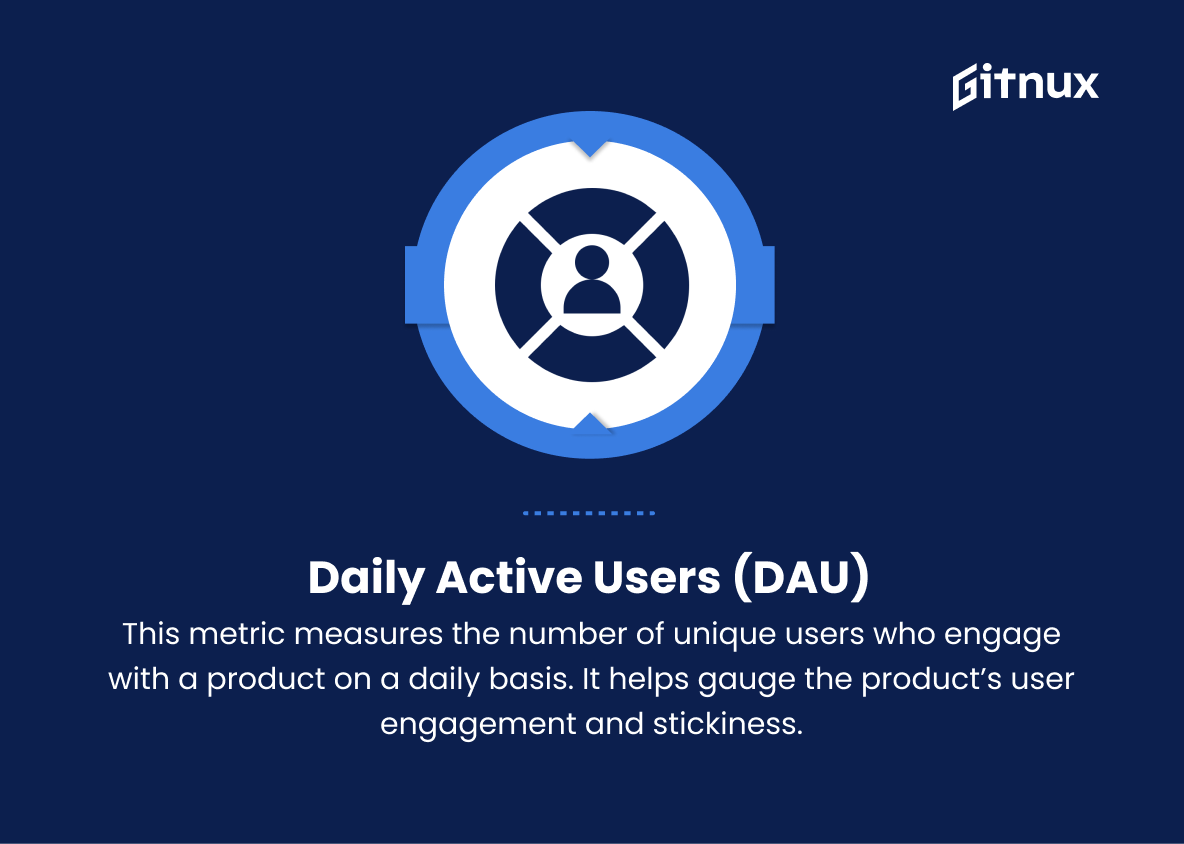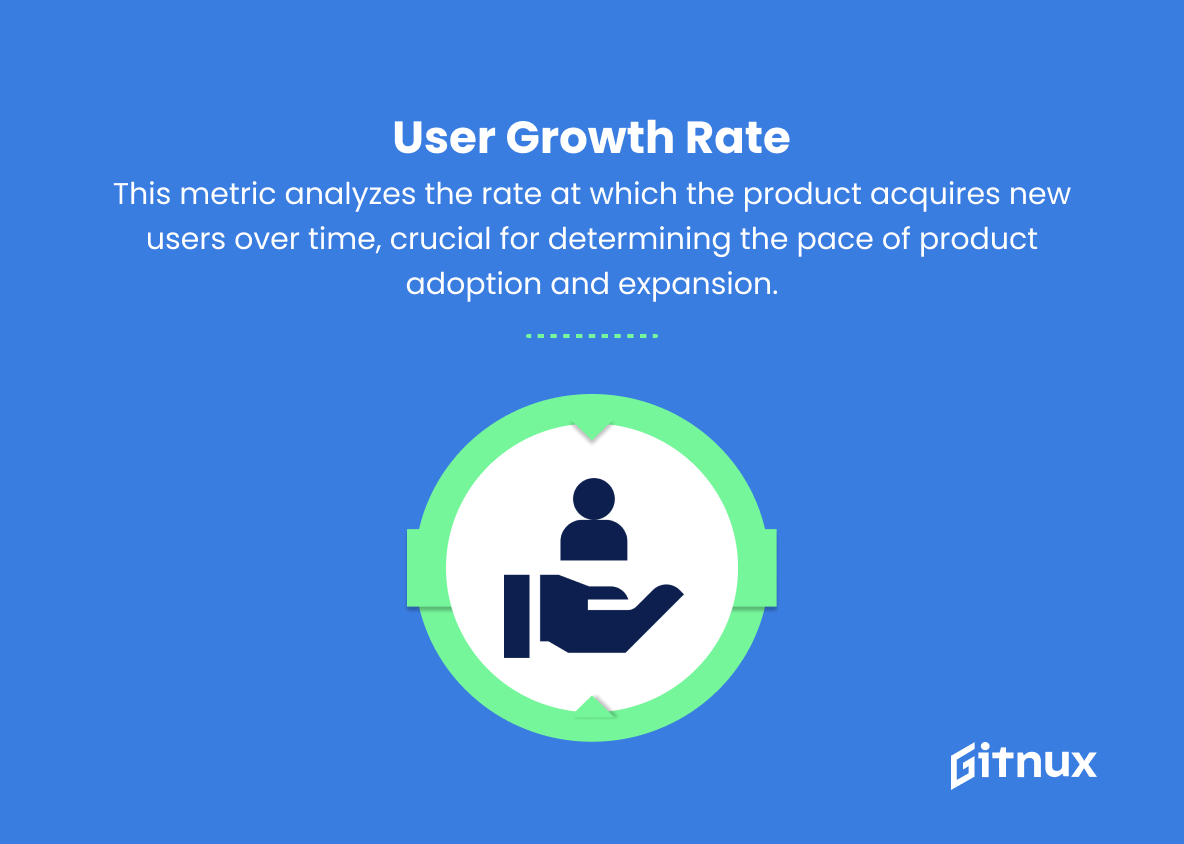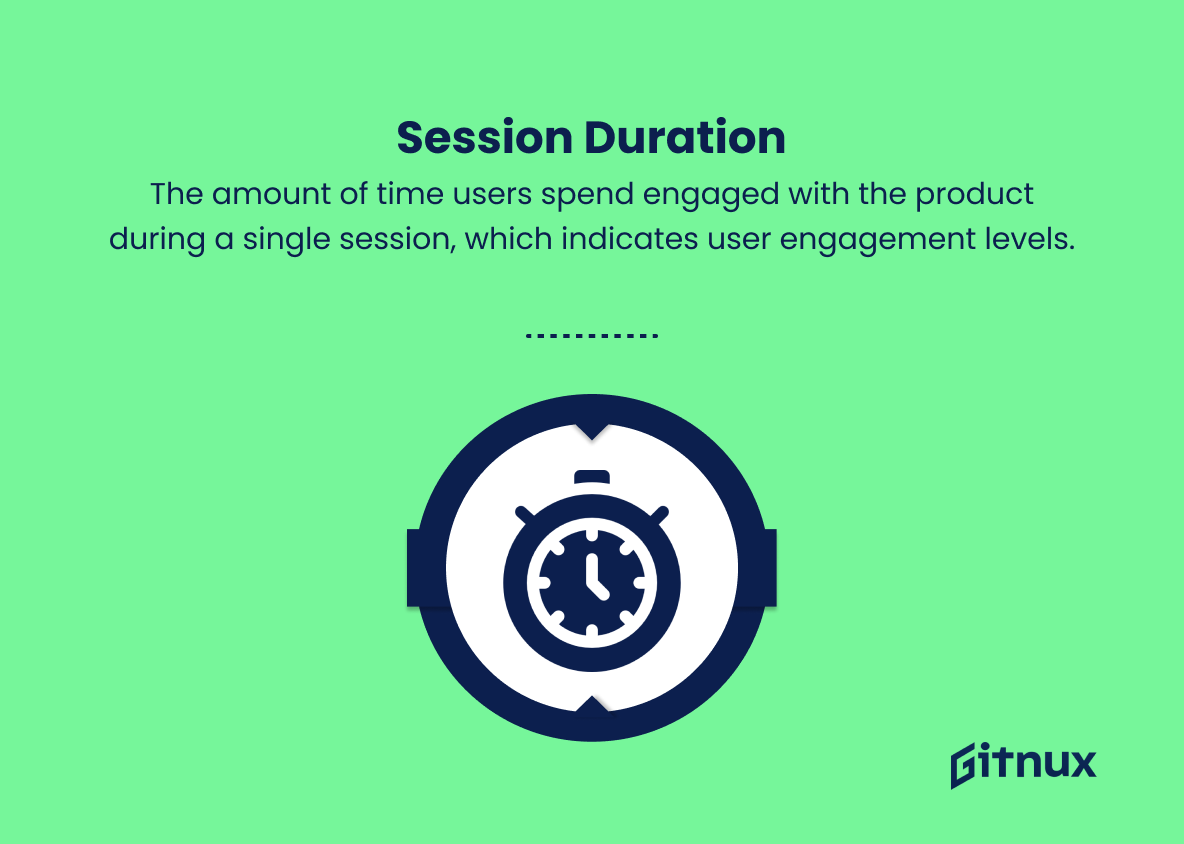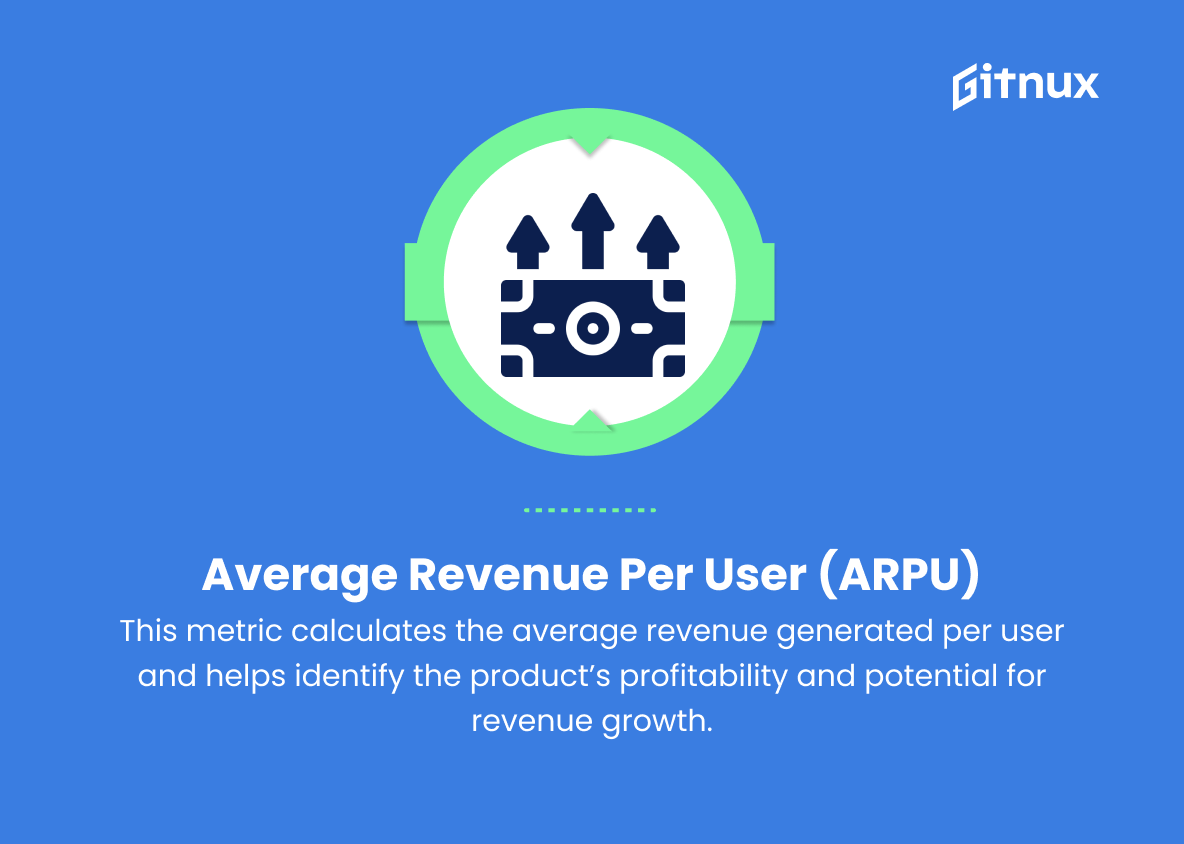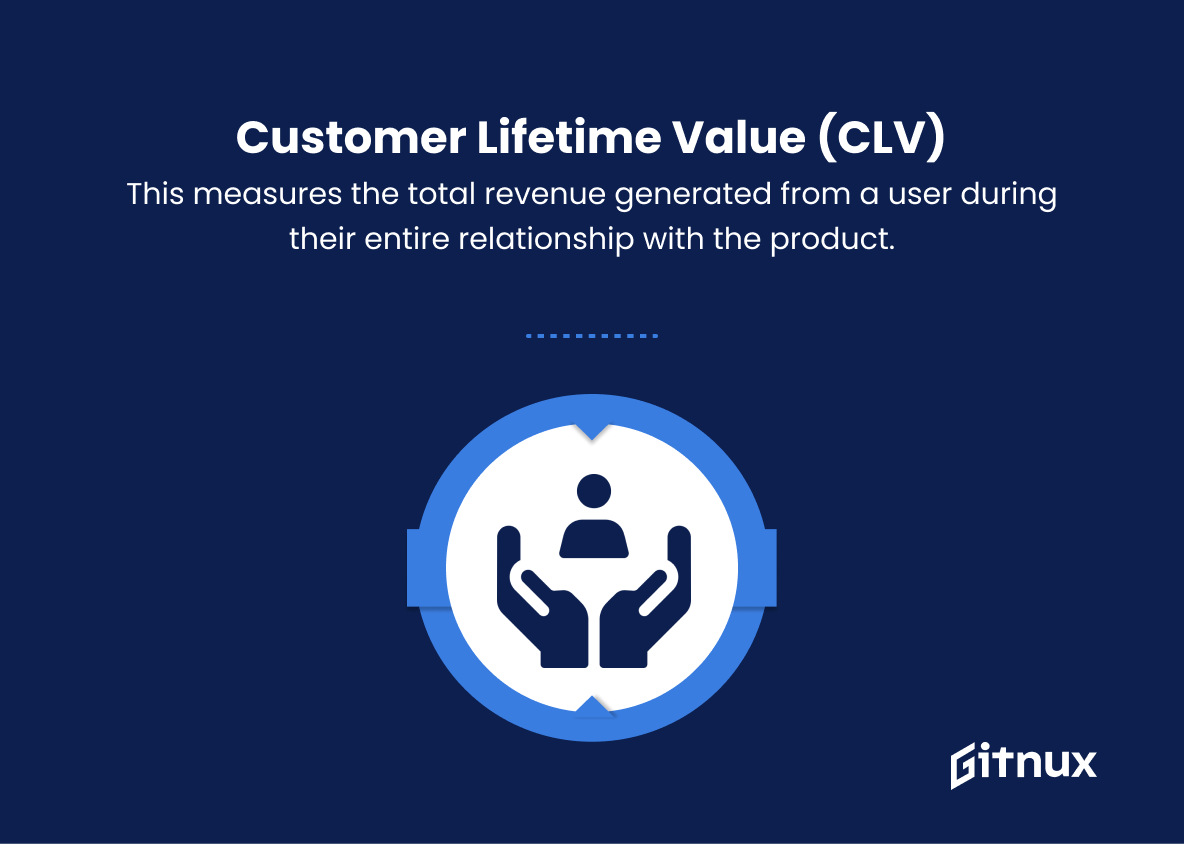In today’s hypercompetitive business landscape, a company’s success hinges on its ability to continually evaluate, innovate and improve its products. Among the myriad of factors that contribute to a product’s performance, understanding and evaluating Product Health Metrics emerges as crucial in order to make informed strategic decisions.
These metrics provide organizations with the necessary insights to identify strengths, pinpoint problem areas and ultimately, shape the future of their product offerings for sustained growth. In this thought-provoking blog post, we delve deep into the significance of Product Health Metrics, showcasing their potential to transform your business and provide a roadmap towards success in an increasingly demanding market.
Product Health Metrics You Should Know
1. Daily Active Users (DAU)
This metric measures the number of unique users who engage with a product on a daily basis. It helps gauge the product’s user engagement and stickiness.
2. Monthly Active Users (MAU)
Similar to DAU, this metric focuses on the number of unique users who engage with the product each month. It helps track long-term user engagement.
3. Retention Rate
This measures the percentage of users who continue to use the product over time, indicating product satisfaction and loyalty.
4. Churn Rate
The opposite of retention rate, churn rate calculates the percentage of users who stop using the product within a specific timeframe, indicating potential issues with the product or user dissatisfaction.
5. Net Promoter Score (NPS)
This metric assesses users’ likelihood to recommend the product to their network (on a scale of 0-10), which indicates overall satisfaction with the product and has a strong correlation with growth.
6. User Growth Rate
This metric analyzes the rate at which the product acquires new users over time, crucial for determining the pace of product adoption and expansion.
7. Feature Usage
This metric tracks how frequently specific features of the product are utilized by users. It can help identify which features drive value and engagement, guiding the product strategy.
8. Session Duration
The amount of time users spend engaged with the product during a single session, which indicates user engagement levels.
9. Average Revenue per User (ARPU)
This metric calculates the average revenue generated per user and helps identify the product’s profitability and potential for revenue growth.
10. Customer Lifetime Value (CLV)
This measures the total revenue generated from a user during their entire relationship with the product. It helps guide decisions regarding customer acquisition costs and product investment.
11. Customer Acquisition Cost (CAC)
The average cost incurred to acquire a new user, useful for determining if the investment in acquiring new users is justified by the revenue generated from them.
12. Conversion Rate
The percentage of potential users who complete a desired action within the product, such as making a purchase or signing up for a trial. This metric is valuable for evaluating the efficacy of marketing strategies and product onboarding processes.
13. Customer Satisfaction (CSAT) Score
This measures users’ satisfaction with the product by collecting feedback through surveys. It provides insights into user experience and areas that require improvement.
14. Time to First Value (TTFV)
The amount of time it takes for a new user to experience the product’s core value proposition, which can help identify bottlenecks in the onboarding process.
15. Support Ticket Volume
The number of user support requests submitted, indicating the overall quality of the product and potential areas that require improvement or clarification for users.
Product Health Metrics Explained
Product Health Metrics are essential for understanding the performance, growth, and satisfaction of users interacting with a product. Daily Active Users (DAU) and Monthly Active Users (MAU) provide insights into daily and long-term user engagement, respectively. Retention Rate and Churn Rate indicate user satisfaction and potential issues with the product. Net Promoter Score (NPS) correlates with growth and user satisfaction, while User Growth Rate determines product adoption and expansion. Feature Usage helps identify valuable features, while Session Duration highlights user engagement levels.
Average Revenue per User (ARPU) and Customer Lifetime Value (CLV) focus on profitability, while Customer Acquisition Cost (CAC) assesses marketing investments. Conversion Rate evaluates marketing and onboarding strategies, and Customer Satisfaction (CSAT) Score offers feedback on user experience. Time to First Value (TTFV) identifies bottlenecks in onboarding, and Support Ticket Volume reflects product quality and areas for improvement. These metrics, when used collectively, allow companies to make data-driven decisions, optimize product strategies, and enhance the overall user experience.
Conclusion
In conclusion, product health metrics are crucial for businesses to gauge the overall performance, user satisfaction, and long-term viability of their products. By consistently monitoring and analyzing these key performance indicators, businesses can identify areas of improvement, optimize their strategies, and make data-driven decisions to ensure the sustained success and growth of their products. Ultimately, a deep understanding of product health metrics enables companies to align their objectives with customer needs, build better products, and achieve lasting success in an increasingly competitive market.
